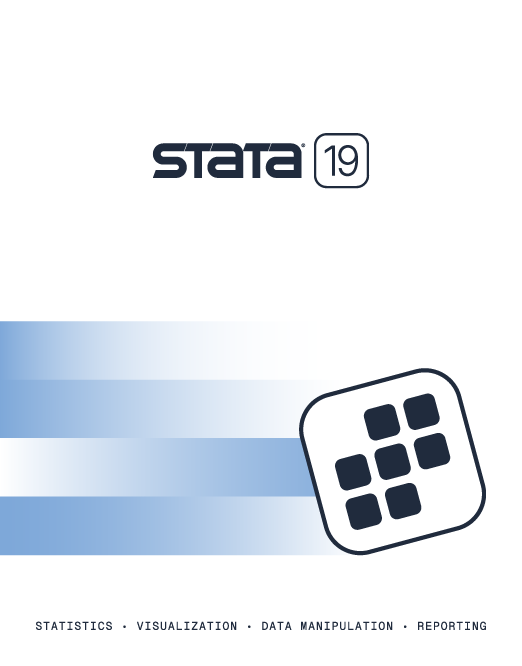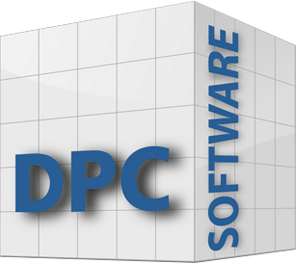
| 9:30–10:30 | Cocreating with AI: The role of LLMs as intelligent data science agents
Abstract:
As AI advances, large language models (LLMs) are shifting from
passive tools to active agents that collaborate with experts to
cocreate knowledge and artifacts. In this talk, I will explore the
role of LLMs as intelligent agents in data science
workflows—partners that not only automate tasks but also enhance
decision-making by understanding core data science principles,
identifying cognitive biases, and nudging experts toward more
robust conclusions.
I will discuss how an LLM, equipped with statistical reasoning, ethical AI considerations, and an awareness of human cognitive pitfalls, can challenge assumptions, suggest alternative methodologies, and improve model interpretability. From guiding feature selection to questioning spurious correlations, these AI agents act as reflective collaborators rather than mere calculators. I will examine case studies where LLMs have meaningfully influenced analytical processes, highlight challenges in aligning AI nudges with human intent, and explore the future of AI-augmented data science, generally and while using Stata. This talk is primarily conceptual and designed to inspire but also to rethink our relationship with AI—not as a tool but as a cocreator in the pursuit of knowledge.
Additional information:
Frauke Kreuter
LMU München
|
| 10:45–11:15 | Into the multiverse: Conducting and visualizing multiverse analysis in Stata
Abstract:
Multiverse analysis is becoming an important tool in the
methodological repertoire of social scientists. The idea behind
the method—variously referred to as “multiverse
analysis”, “multimodel analysis”,
“specification curve analysis”, or “vibration
of effects”—is straightforward: because there are
many credible ways of formulating an analysis, and any single
statistical estimate may suffer from selective reporting,
multiverse analysis explores all reasonable specifications,
contrasting authors’ preferred estimates with a range of
possible estimates.
Instead of luring readers into a dark corner of the “garden of forking paths”, multiverse analysis provides a bird’s-eye view of the maze of researcher decisions and the resulting range of defensible findings. While multiverse analysis holds significant promise for quantitative empirical research, it poses conceptual, computational, and practical challenges. This talk provides a primer on implementing multiverse analysis in Stata. It highlights the strengths and limitations of existing multiverse tools (for example, mrobust and multivrs) and introduces a new plot type designed to visualize multiverse results effectively. By addressing key challenges in conducting and visualizing multiverse results, the talk seeks to encourage Stata users to adopt multiverse analysis and unlock its potential for robust and transparent research.
Additional information:
Daniel Krähmer
LMU München
|
| 11:15–11:45 | Pairwise comparisons of means with unequal variances in Stata
Abstract:
Researchers often want to mitigate the increased risk of type I
errors that arises from multiple pairwise comparisons of means.
Stata provides seven methods to adjust the corresponding
confidence intervals and p-values. However, four of these
methods assume equal sample sizes, variances, or both, and none
explicitly addresses unequal variances, which might pose
limitations on applied research. In this presentation, we
briefy review how the implemented methods modify the
significance level or obtain critical values from alternative
distributions to adjust for multiple comparisons. We then
discuss three methods that explicitly account for unequal
variances by making additional adjustments to standard errors
and degrees of freedom. Finally, we (re)introduce the
pwmc command in Stata, which implements these three
methods, and compare their performance using a Monte Carlo
simulation.
Contributor:
Felix Bittmann
LIFBI
Additional information:
Daniel Klein
DZHW
|
| 11:45–12:15 | _gunitchg: An egen function for unit conversion
Abstract:
This talk presents an egen function to convert units of
measurements for length, areas, volumes, angles, masses,
temperatures, and currency. The function allows one to convert
many non-SI units (for example, inch, furlong, sunradius) to
SI units (from pico to peta) or directly from a non-SI unit to
another non-SI unit. Currencies are converted by calling the
European Central Bank through an API. The conversion rate can be
selected on a daily base or by an average of a specified period.
German users may be relieved to realize that the function allows
converting areas also into units of “Saarland”.
Additional information:
Ulrich Kohler
University of Potsdam
|
| 1:15–2:30 | Heterogeneous difference in differences
Abstract:
Stata 18 introduced two commands (each with four estimators) to
fit heterogeneous DID models: hdidregress for repeated
cross-sectional data and xthdidregress for
panel/longitudinal data. In this talk, we briefly introduce the
theory behind both estimators and then show how to fit
heterogeneous DID models using the new commands. We also
demonstrate postestimation tools to aggregate and visualize
heterogeneous treatment effects and perform diagnostic tests.
Additional information:
Di Liu
StataCorp
|
| 2:30–3:00 | StataNow™ and beyond: How to select the best license model for your research and organization
Abstract:
The Stata license model is gradually changing from perpetual
licenses to a pay-as-you-go model called StataNow™. While
this gives researchers and users of Stata the advantage of
always having access to the latest features of the software, the
pay-as-you-go model requires different planning and budgeting for
software. Many different options to license Stata exist,
depending on edition, usage, organization, and many other
factors. This talk makes suggestions for finding a license
option that meets the functional requirements, including
multiyear models and covering of EUR/USD fluctuations.
Additional information:
Raoul Dittrich
DPC Software GmbH
|
| 3:30–4:00 | The Oaxaca–Blinder decomposition in Stata: An update
Abstract:
In 2008, I published the Stata command oaxaca, which
implements the popular Oaxaca–Blinder (OB) decomposition
technique. This technique is used to analyze differences in
outcomes between groups, such as the wage gap by gender or race.
Over the years, both the functionality of Stata and the
literature on decomposition methods have evolved, so that an
update of the oaxaca command is now long overdue. In this
talk, I will present a revised version of oaxaca that
uses modern Stata features such as factor-variable notation and
supports additional decomposition variants that have been
proposed in the literature (for example, reweighted
decompositions or decompositions based on recentered infuence
functions).
Additional information:
Ben Jann
Universität Bern
|
| 4:00–4:30 | Recent developments in discrete-time multistate estimation in Stata
Abstract:
Multistate life tables (MSLTs), or multistate survival models,
have become a widely used analytical framework in the social and
health sciences. These models can be cast in continuous or
discrete time. The dtms Stata module (dtms stands
for "discretetime multistate"), which was presented at the
German Stata Conference 2023 (Schneider 2023), implements the
estimation of the discrete-time flavor of these models. This
presentation first outlines discrete-time multistate estimation
and then gives an overview of recent package enhancements including the
following: external multinomial logistic estimation results, for
example, from the interpolated Markov chain (IMaCh) executable
(Brouard 2021), can be imported for further processing;
difficulties with reloading saved dtms files across package
versions have been resolved; the initial state distribution has
been incorporated into the asymptotic analysis; new result type
“evol” calculates the evolution of population
fractions, along with the corresponding covariance matrix;
estimation based on restricted transitions has been improved;
transition probabilities can be based on time-varying covariate
values; and several dtms trees can now be held in memory.
References: Brouard, N. 2021. Computing Health Expectancies Using IMaCh: A maximum likelihood computer program using interpolation of Markov chains. Paris: Institut National d'Etudes Demographiques (INED) and EUROREVES. Available at: euroreves.ined.fr/imach/. Schneider, D. C. 2023. Discrete-time multistate regression models in Stata: The dtms module. German Stata Conference, Berlin. Available at: stata.com/meeting/germany23/slides/Germany23_Schneider.pdf.
Additional information:
Daniel C. Schneider
Max Planck Institute for Demographic Research
|
| 4:30–5:30 | Open panel discussion with Stata developers
Contribute to the Stata community by sharing your feedback with StataCorp's developers. From feature improvements to bug fixes and new ways to analyze data, we want to hear how Stata can be made better for our users.
|

The logistics organizer for the 2025 German Stata Conference is DPC Software GmbH, the official distributor of Stata in Germany, the Netherlands, Austria, the Czech Republic, and Hungary.
View the proceedings of previous Stata Conferences and Users Group meetings.